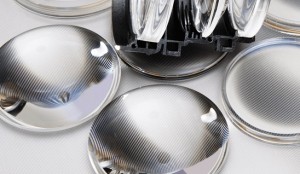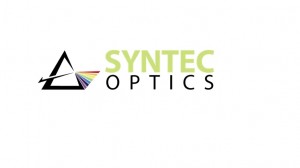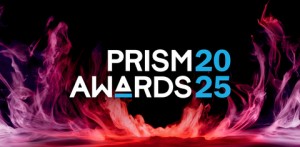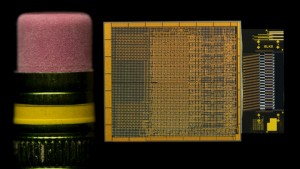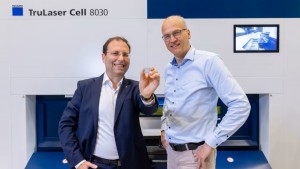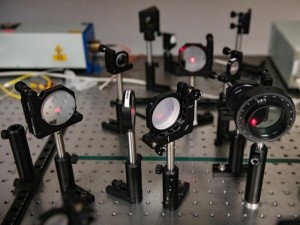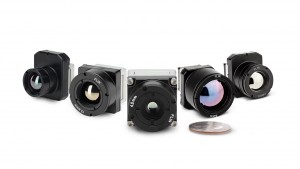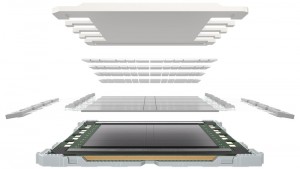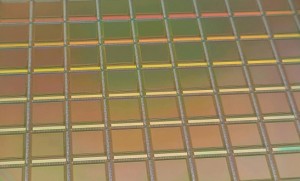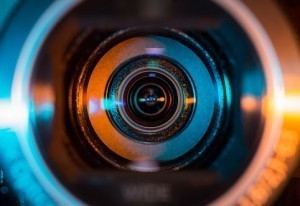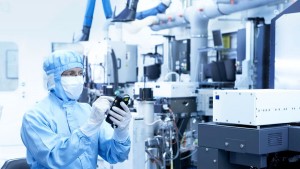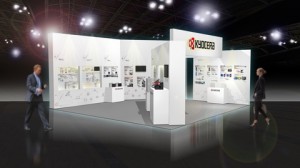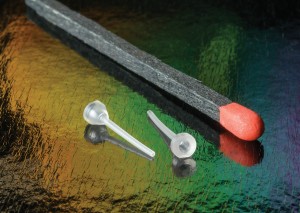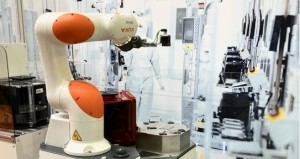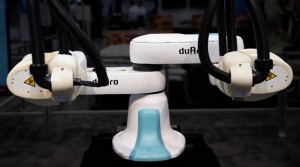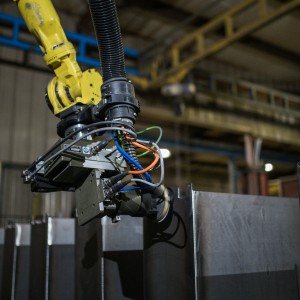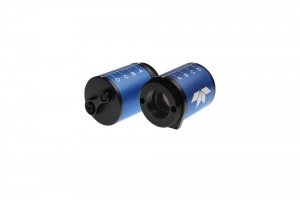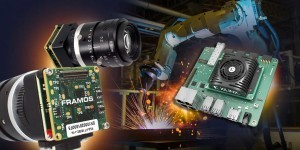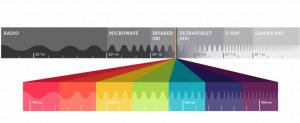
Human vision is remarkable. This one sense is responsible for 80% of the information that our brain receives and plays a critical role in how we connect to the world. Our eyes can detect only visible light, which is a very narrow band within the enormous range of frequencies that make up the electromagnetic spectrum. This poses no problems in daytime when our eyes receive adequate reflected light energy to construct the images; however it means that we do not see well in low-light conditions or when our surroundings are obstructed by rain, fog, or smoke.
See beyond the visible spectrum
Fortunately, non-visible imaging technologies allow us to extract information from our environment by looking at a specific bandwidth of the IR spectrum. One such technology is thermal imaging. First developed in the 1950s for the military, thermal imaging lets us see objects that are invisible to the human eye by detecting the thermal energy or heat emitted by these objects. Everything in our world has a unique “heat signature” – the hotter the object, the more heat it generates. Thermal imaging is also capable of detecting tiny variances in temperatures between objects so a warm object, like a human or animal, is seen very easily against a cooler background with no illumination required.
Advances in uncooled detector technology
Historically, thermal imagers have relied upon cryogenic cooling. This makes them only suitable for certain high-end military and scientific applications since cooled detectors are expensive, bulky, power-hungry, and complicated to operate and maintain. More recently, thermal imaging has started to rapidly expand into a variety of industrial and commercial applications due to the development of uncooled microbolometer-based sensors capable of detecting long-wave infrared from 7.5 to 14µm. While performance improvements play a vital role in the acceptance of microblometers by mainstream markets, better manufacturability – specifically the ability to produce high yields while maintaining a low defect rate – is also proving critical in helping decrease the cost of this technology. Microbolometers are opening up new markets for infrared cameras by making them much more affordable, compact, lightweight and energy efficient – without sacrificing necessary performance.
Microbolometer-based detectors move into the mainstream
The military and first responders like firefighters and civil law enforcement routinely rely upon thermal imaging technology in life and death situations. Not only do their IR devices have to be reliable but, because they are hand-held or helmet-mounted, they also need to be small and portable with low battery consumption. Firefighters use infrared detectors to locate people or animals trapped in poor-visibility environments like smoky buildings. They also depend upon these devices to ensure that fires are extinguished properly by identifying smoldering “hotspots” that could reignite. Police departments use thermal imaging to locate and apprehend fugitives safely – without giving away officers’ positions. IR cameras are also indispensable tools in search and rescue missions, letting searchers cover vast areas without having to stop or significantly slow progress due to inclement weather or darkness.
This video explains what microbolometers are, what applications you may find them in and what to expect in the future
The automotive industry is another strong growth area for uncooled infrared detectors. As the cost of this technology decreases, more manufacturers will use IR cameras as part of their standard night vision safety systems. Thermal imaging helps drivers see beyond their vehicles’ headlights and warns them before they encounter hazards like pedestrians or animals on the road.
Medical monitoring offers tremendous potential for uncooled thermal imaging technology. Public health officials are installing infrared cameras at airports and other transit hubs to identify passengers with elevated body temperatures in an effort to detect and halt the spread of deadly contagious diseases. These cameras debuted in Asia in 2002 to help control the SARS outbreak. Since then, an increasing number of countries worldwide depend upon thermal imaging to quickly and easily identify travelers who may have been exposed to dangerous illnesses like avian influenza, swine flu and, most recently, Ebola.
Cees Draijer, Senior Program Manager at Teledyne DALSA, talks about the potential of “seeing” beyond the visible spectrum.
Energy conservation is an extremely fast growing industry that is being driven by environmental factors like global climate change and the need to reduce our dependence upon costly and non-renewable fossil fuels. Energy auditors use hand-held infrared detectors to identify air leaks and insufficient insulation, which account for most of the energy waste in residential and commercial buildings. These compact and portable microbolometer-based IR detectors are also used to quickly identify electrical and plumbing problems behind walls, and moisture accumulation and mold growth. We are even starting to see this technology migrate into the consumer market. As thermal imaging becomes more accessible and a lot less expensive – thanks to microbolometers – more and more homeowners are buying thermography devices for their “do-it-yourself” repair and maintenance projects.
Taking this a step further, thermal imagers also have the potential to be built into popular everyday devices like cellphones. Although the necessary level of integration isn’t quite there yet, anyone can, today, purchase an IR camera add-on for their iPhone or Android to see in the dark. And it’s only matter of time before a thermal imager is integrated into a cell phone alongside the existing digital camera.
The future of microbolometers
Microbolometer sensors continue to evolve – becoming smaller and lighter as their image quality improves. Optimizing manufacturing processes results in higher yields that drive down production costs and makes thermal imaging technology appealing to new and innovative commercial applications. It’s clear that this technology is dramatically changing how we view and interpret our world by making what was previously invisible to us – visible.
Written by Cees Draijer, a senior program manager for Defense & Security and IR at Teledyne DALSA.





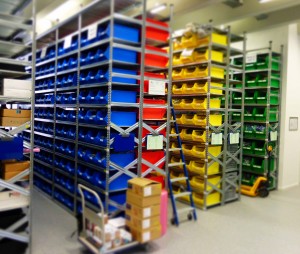



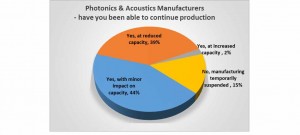



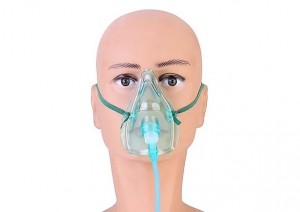

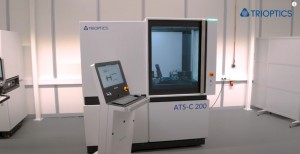
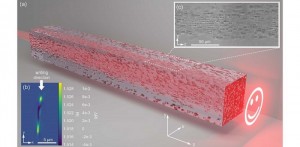
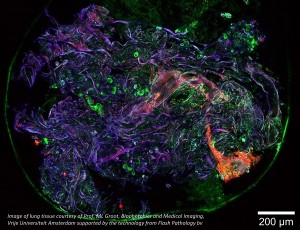

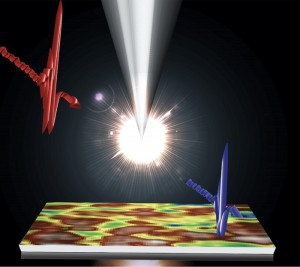

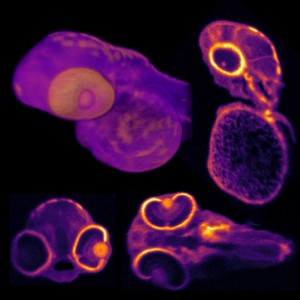
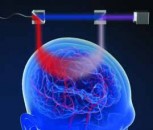



















 Back to Features
Back to Features










